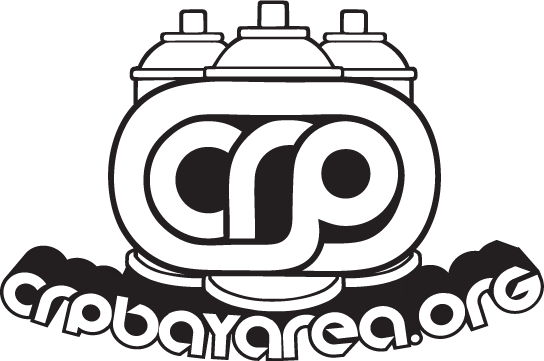Originally printed in the East Bay Express, December 19, 2012
With a coalition of San Pablo Avenue business owners urging approval and graffiti artist advocates asking for a delay while a better law is crafted, the Oakland City Council unanimously approved a new ordinance Tuesday night to enhance penalties for persons who tag properties in Oakland and for property owners who fail to remove them on a timely basis. The new ordinance was developed in the office of outgoing West Oakland Councilwoman Nancy Nadel and co-introduced by City Attorney Barbara Parker during Parker’s hard-fought election campaign this fall.

Under the new ordinance, financial penalties for convicted taggers would begin at not more than $750 for the first citation issuance, but could quickly spiral into the thousands of dollars depending upon several factors, including multiple taggings of the same location, multiple offenses, and failure of the tagger to remove the tags from the property.
Taggers could also be jailed for a misdemeanor if convicted under the new ordinance, and would also be liable for civil penalties imposed as a result of successful lawsuits filed by the property owners affected. Parents of convicted taggers will bear the financial burden if their children are underage. In addition, property owners will have fifteen days notice to remove graffiti from their property, at their own cost, and could have fines and administrative costs assessed by the city for failure to do so.
Details of a restorative justice component — which would allow convicted taggers and affected property owners to work out a settlement short of the tagger going to jail — has yet to be fleshed out by city staff. At the council’s direction, both property owners and graffiti artist advocates will be included in the planning process of the restorative justice plans.
Several councilmembers stressed at last night’s meeting that the new ordinance is designed to go after tags and graffiti put on property without the property owners’ approval. Councilmembers also acknowledged that the new ordinance includes no plan or money for enforcement. That is scheduled to be discussed when council considers the upcoming city budget next year.
Outgoing Councilman Ignacio De La Fuente said he was concerned about “penalizing property owners more than taggers. We’re going after the people who are suffering.” De La Fuente eventually voted for the ordinance, however.
Councilwoman Pat Kernighan, who seconded Nadel’s motion to pass the ordinance, said that the new city law was “just the first piece in a much larger effort if we’re going to get a handle on graffiti. There’s no one simple thing that’s going to solve the problem.”
Desi W.O.M.E. (pronounced “wome”), founder and director of the Community Rejuvenation Project and speaking for the Oakland Community Art Coalition, told councilmembers that while “acknowledge[d] some of the positive developments that have happened with this ordinance [including the restorative justice component], we still have some concerns. This ordinance is entirely punitive, there are no preventative components, there’s no guarantees that increases in penalties will be an effective deterrent.” Among other things, W.O.M.E. wants “a comprehensive mural diversion program led by Oakland-based community arts organizations” to be added to the ordinance.
